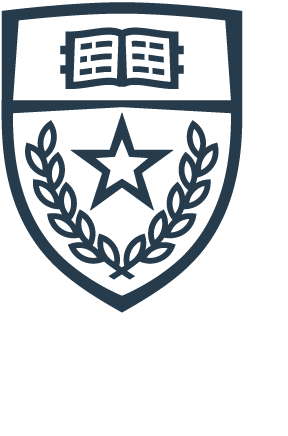Submitted by Chelsey Pena on
Cellular devices are an agent for convenience for every day life. Mobile applications on these devices play a large part in this virtual accessibility. From having apps that allow you to make a payment transaction, to playing a quick game of Sudoku on a commute to work, to having all of your social media and news outlets in one setting. There’s an app developed for something in almost every industry and no signs of this development slowing down.
There are over two million apps in existence across a variety of different application outlets. To put the number in perspective, during the 2014 fiscal year Apple reported making $10 billion just on their iOS apps, which was more revenue than all Hollywood movies generated last year. This is because the demand from consumers to have a specific tool on a phone continues to grow.
UT CS’s student run Mobile App Development organization, most commonly known as MAD, caught on to this desire for people to both have apps but also to learn how to create them.
“If you look at the industry there is huge demand for mobile applications that have a large user base because the company can use," MAD founder Sai Avala said. "Students are going out and pursuing on their own because they have an idea. Applications are particularly relatable to people. Mobile phones took a fraction of the time to be popular and things are just speeding up. “
The organization founded by computer science seniors Niko Lazaris and Avala just a year ago has grown to be one of the largest organization in the UT CS school with a few hundred members. The group meets every day Monday through Friday, offers courses on iOS android, and web app development, hosts monthly hack nights and has a mobile app conference.
The University of MAD, or uMAD, is a conference that MAD created to give students a chance to learn more about mobile app development through industry professional developers. Saturday February 21 marked the second annual event. Hundreds of students came out to the event, eager to learn more about the industry and hear from different company engineers. A few of the big name companies that made an appearance at this year's conference were BuzzFeed, HubSpot and RetailMeNot.
“We started this and expanded it because it was a common interest between us," Lazaris said. "It’s picked up because mobile app developers are in demand now. We want to see our community be successful. We want to see them get jobs. The conference allows us to get as engaged as possible without power points, just hands on with the engineers."
MAD isn’t the only group catching on to the popularity of developing apps, UT’s curriculum is as well. This semester’s course schedule includes CS 371M Mobile Computing and CS 378 Mobiles News App Design, a crossover course with both journalism and computer science students.
Professor Robert Quigley of UT’s journalism school, teaches the crossover course. He says that offering this kind of a class to students allows them to collaborate and explore all aspects of the development process.
“To develop a complete mobile app from scratch, students have to pull from nearly everything they know, and then some,” Quigley said. “It’s not just coding - it is design, writing, critical thinking, teamwork and much more. I love the intersection of humanities and technology, and this class is designed to give the students experience in that space.”
In terms of the future of mobile apps, the industry does not show signs of slowing down production.
“Apps are here to stay,” Quigley said. “It will be interesting to see how they transition over to the wearable space. Will wearables just be notifications or are there bigger uses we haven’t thought of yet?”







